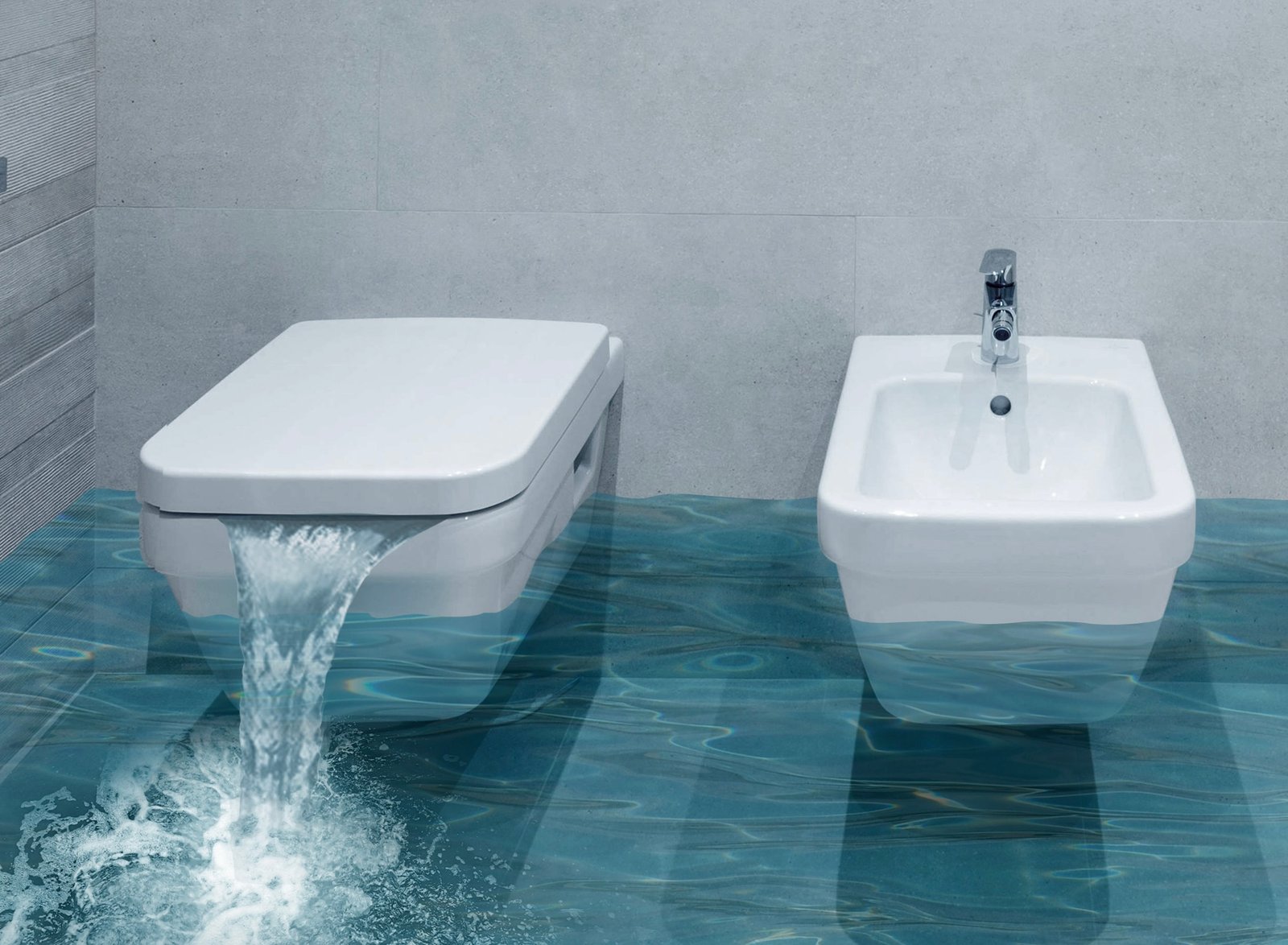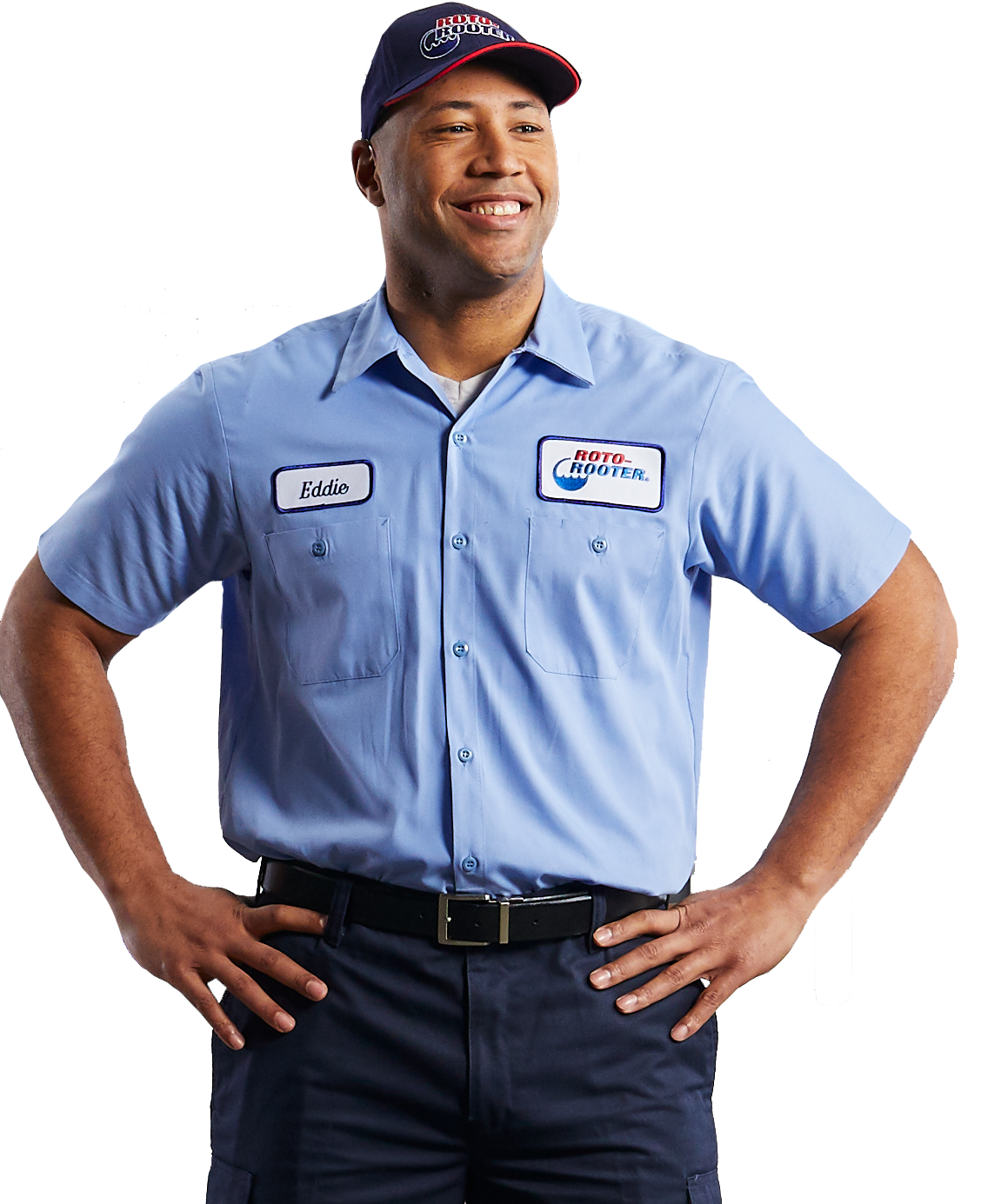
When Good Toilets Turn Bad.
What to Do When the Worst Happens: A Step-by-Step Guide
1. Stop the Water Works
If you are crying, try, if you can, to stop. Then you’re going to want to stop the flow of water to the toilet. This valve is usually located on the wall, just behind the toilet base. Turn the valve clockwise to turn off the water. If this doesn’t work or you can’t find the shut-off valve, remove the lid of the tank and lift up the flapper valve. It’s not as good as closing the shut-off valve, but it’ll do in a pinch.
2. What Went Wrong?
Now that water is no longer flooding your bathroom, it would be helpful if you could identify what caused the overflow. A few likely suspects include the following:
- Clogs: Not the Dutch shoes; they’re a delightful piece of footwear and not likely to be the problem here. No, the most common culprit is a blockage of too much toilet paper or maybe even something else that has found its way into your toilet.
- Blocked Vent Pipe: This pipe allows air to circulate in your plumbing system. If it’s blocked, it can cause drainage issues.
- Sewer Line Problems: This is a good and bad situation. If it seems like the cause lies deeper than your toilet, it may mean the main sewage line needs unblocking. Our technician will be able to advise more specifically if this does happen to be the problem.
3. Take the Plunge
We know you’ve got one. It’s probably in the cupboard under your kitchen sink. Or maybe the garage. If it seems like it’s a simple blockage of debris, a quick swirl of your plunger might be the quickest way to solve your problem. Here are a few tricks to help you know how to quickly unclog a toilet.
- Create a Seal: Ensure the plunger covers the toilet drain completely and forms a good seal.
- Use a Firm Grip: Hold the plunger handle with both hands. It’s also a good idea to check that you are standing firmly.
- It’s more pull than push: push down slowly and pull up quickly. Remember that it’s the pull that releases the blocks, so be sure to give it some energy.
- Check for success: If you’ve followed If the water starts to drain, you’ve likely cleared the clog. Flush the toilet to ensure it’s working correctly.
4. Clean-up Job
You’ve done great! If you’ve got to this point, it means you’re in control, and you’ve learned how to quickly unclog a toilet. The only thing left is to clear up the water and assess any deeper damage. The easiest way to do this is with a wet/dry vacuum, but if you don’t have one, you can just go old-school with the towels. Either way, try to mop up as much as you can, give everything a good sanitize, and open windows, doors, etc. to maximise ventilation.
5. Call Roto-Rooter

Ok, if you’ve made it through all the steps above and the problem hasn’t been resolved, it really is time to get us on the phone. We can have an emergency plumber with you the same day, we know exactly how to stop a toilet from overflowing, and in addition to fixing the immediate problem, we’re also adept at water damage clean-up. In the event of extensive water damage or flooding, our Water Restoration Department has the equipment and expertise needed to restore law and order. We’re the silver lining to a problem overflowing with trauma.
Now go put the kettle on and have a hot cup of something with a cookie. You deserve it.

